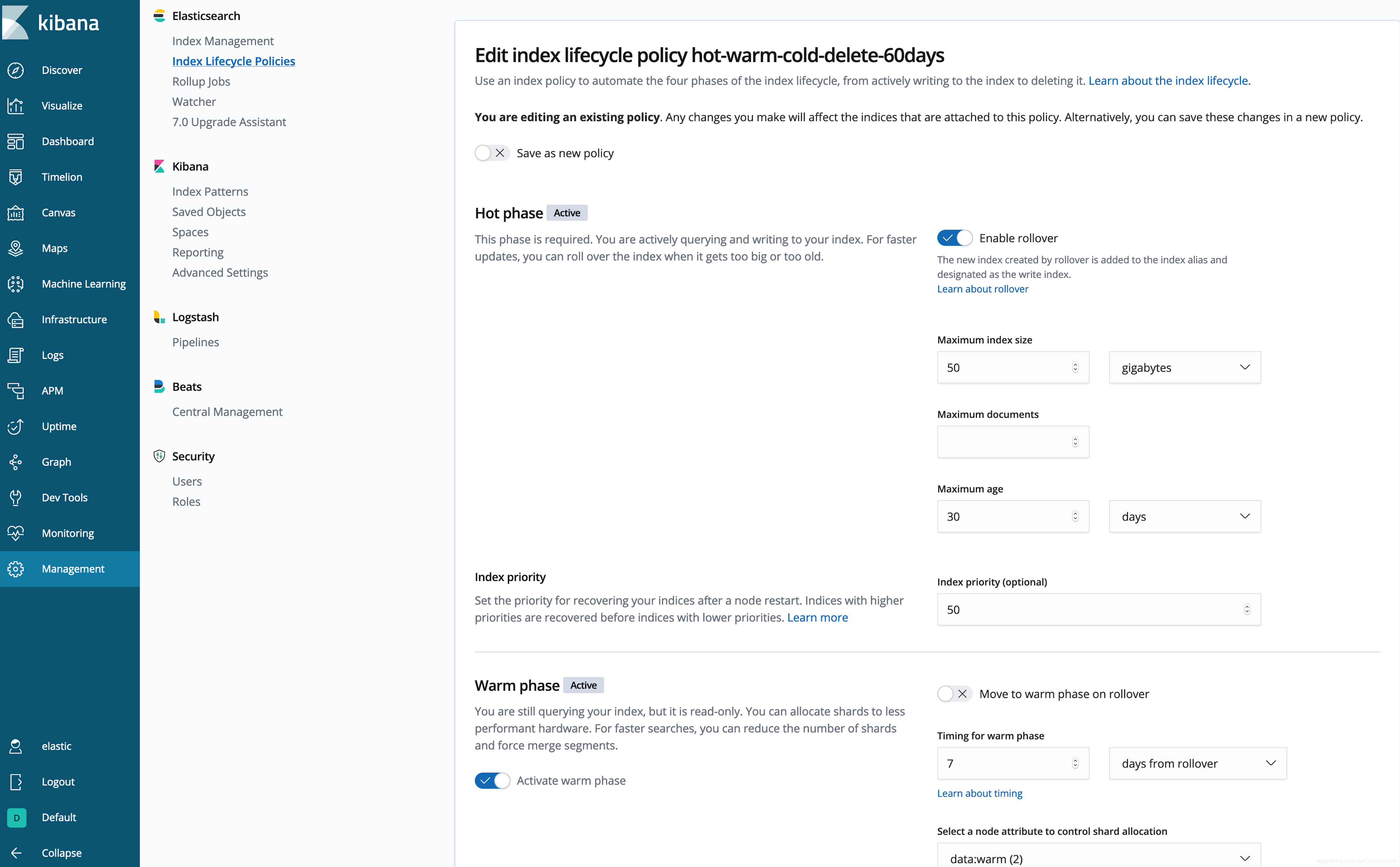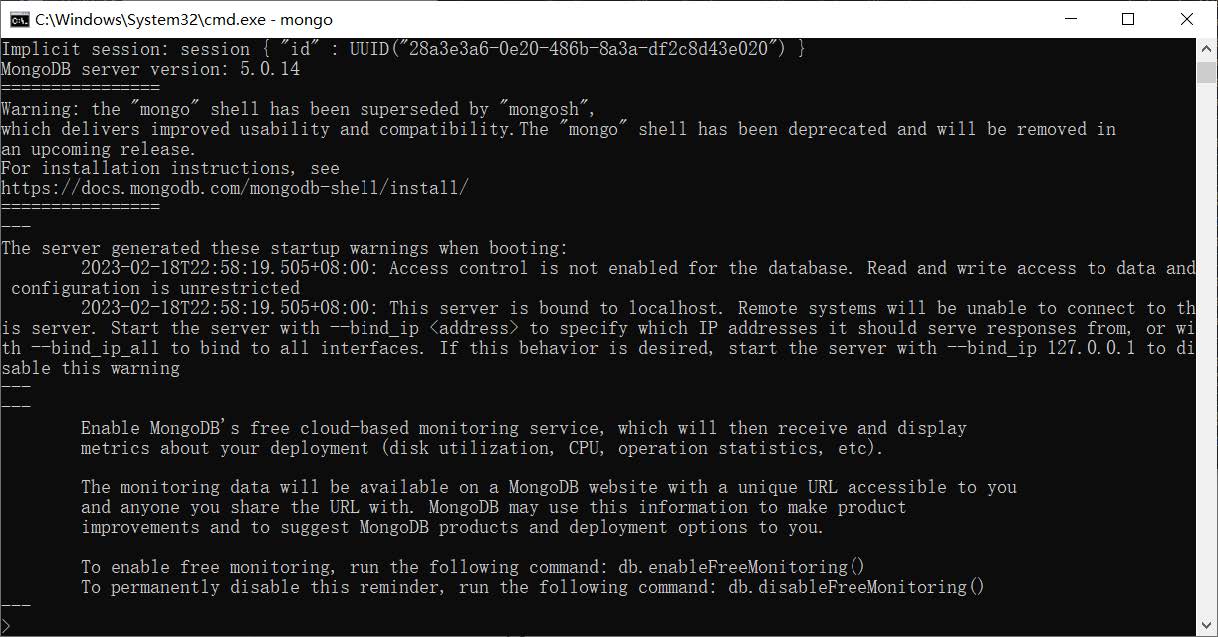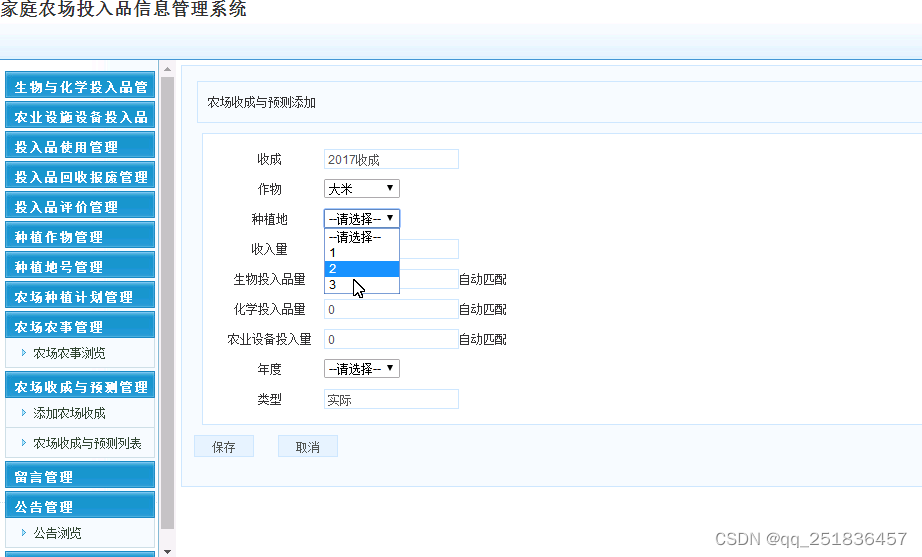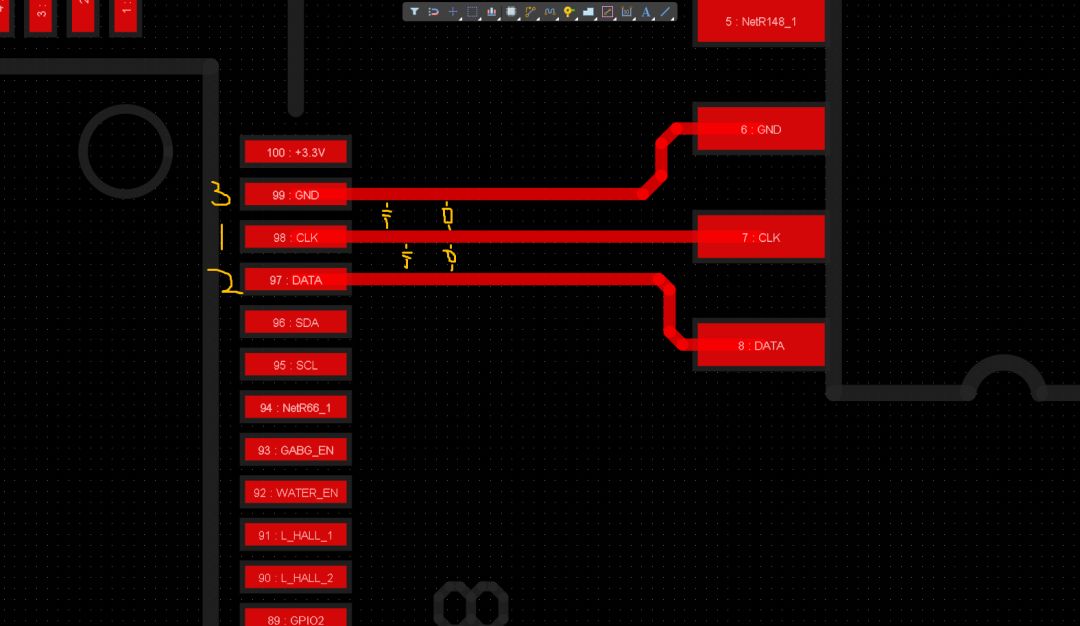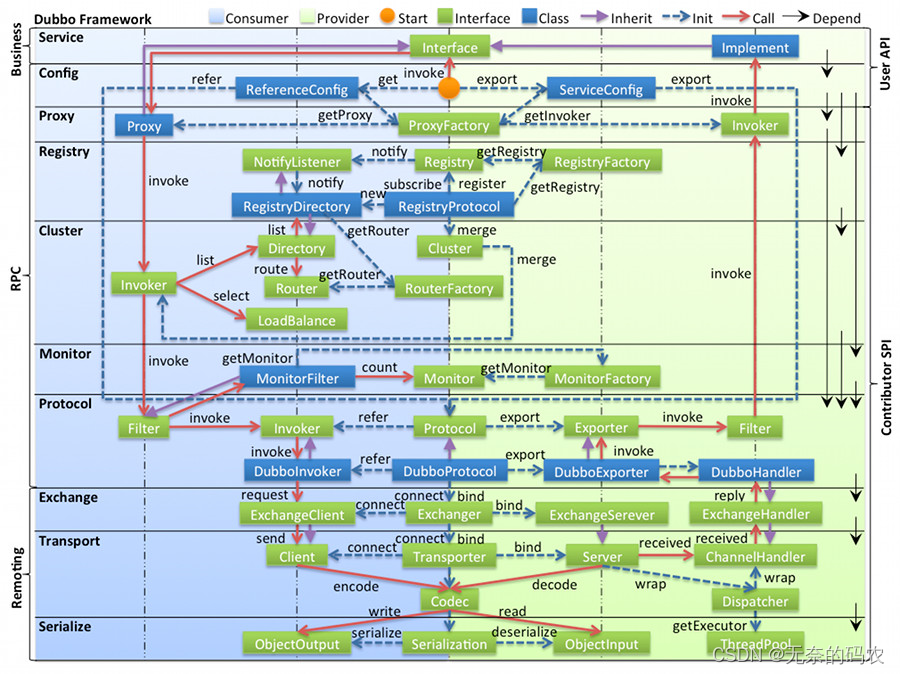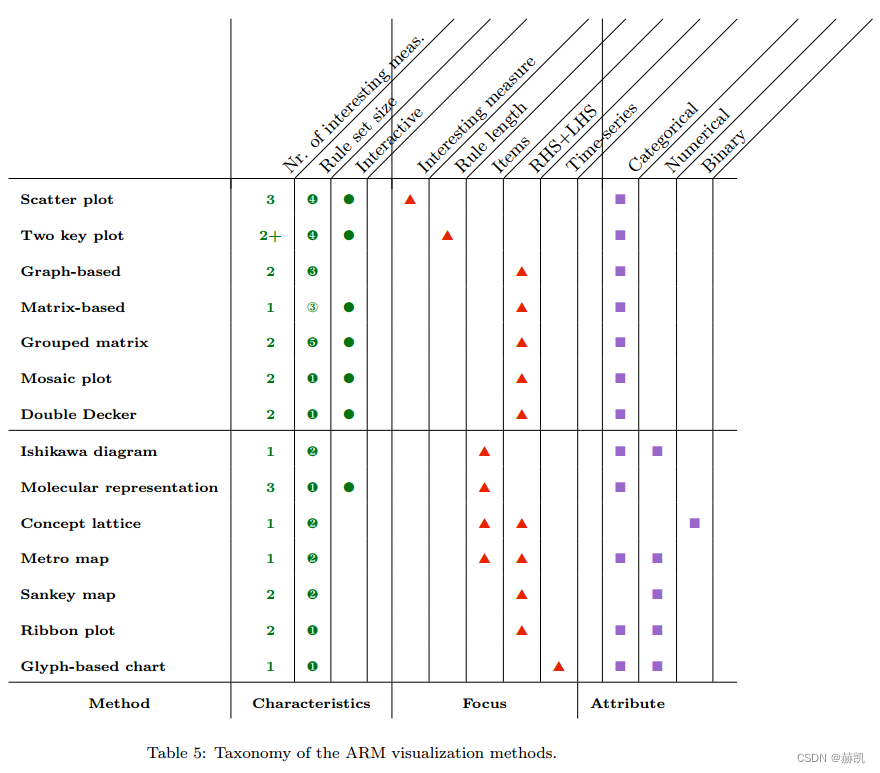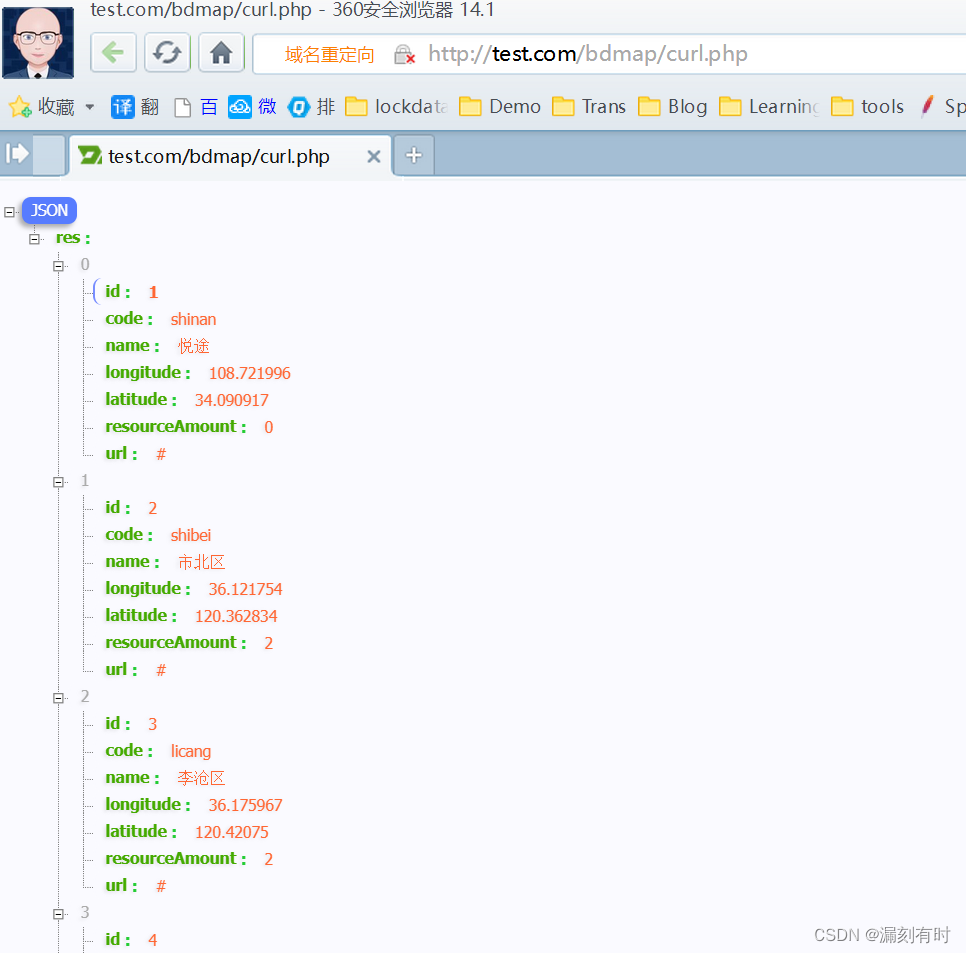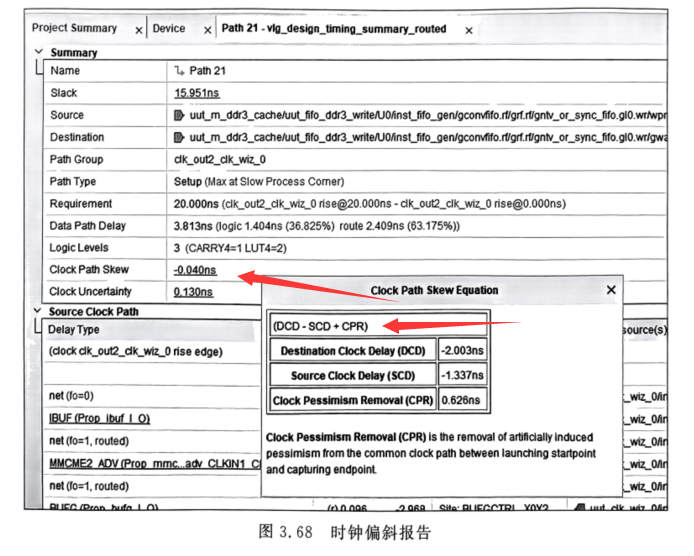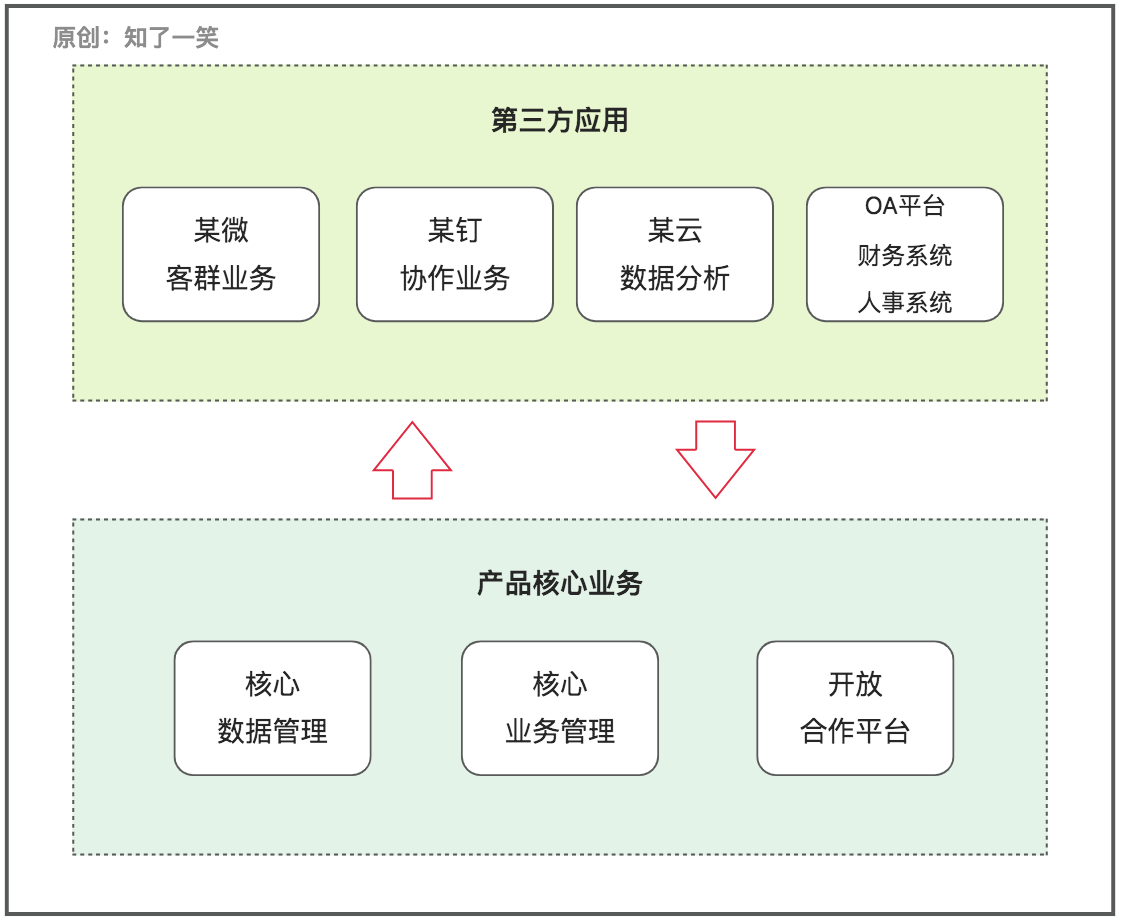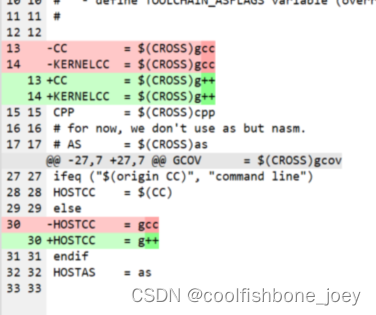Netty是由JBOSS提供的一个java开源框架,现为 Github上的独立项目。Netty提供异步的、事件驱动的网络应用程序框架和工具,用以快速开发高性能、高可靠性的网络服务器和客户端程序。
也就是说,Netty 是一个基于NIO的客户、服务器端的编程框架,使用Netty 可以确保你快速和简单的开发出一个网络应用,例如实现了某种协议的客户、服务端应用。Netty相当于简化和流线化了网络应用的编程开发过程。
Springboot整合Netty
新建springboot项目,并在项目以来中导入netty包,用fastjson包处理jsonStr。
<!-- netty -->
<dependency>
<groupId>io.netty</groupId>
<artifactId>netty-all</artifactId>
<version>4.1.42.Final</version>
</dependency>
<!-- Json处理 -->
<dependency>
<groupId>com.alibaba.fastjson2</groupId>
<artifactId>fastjson2</artifactId>
<version>2.0.16</version>
</dependency>
创建netty相关配置信息文件
- yml配置文件——application.yml
# netty 配置
netty:
# boss线程数量
boss: 4
# worker线程数量
worker: 2
# 连接超时时间
timeout: 6000
# 服务器主端口
port: 18023
# 服务器备用端口
portSalve: 18026
# 服务器地址
host: 127.0.0.1
- netty配置实体类——NettyProperties与yml配置文件绑定
通过@ConfigurationProperties(prefix = "netty")注解读取配置文件中的netty配置,通过反射注入值,需要在实体类中提供对应的setter和getter方法。
@ConfigurationProperties(prefix = "netty")对应的实体类属性名称不要求一定相同,只需保证“set”字符串拼接配置文件的属性和setter方法名相同即可。
@Configuration
@ConfigurationProperties(prefix = "netty")
public class NettyProperties {
/**
* boss线程数量
*/
private Integer boss;
/**
* worker线程数量
*/
private Integer worker;
/**
* 连接超时时间
*/
private Integer timeout = 30000;
/**
* 服务器主端口
*/
private Integer port = 18023;
/**
* 服务器备用端口
*/
private Integer portSalve = 18026;
/**
* 服务器地址 默认为本地
*/
private String host = "127.0.0.1";
// setter、getter 。。。。
}
- 对netty进行配置,绑定netty相关配置设置
Netty通常由一个Bootstrap开始,主要作用是配置整个Netty程序,串联各个组件,Netty中Bootstrap类是客户端程序的启动引导类,ServerBootstrap是服务端启动引导类。
@Configuration
@EnableConfigurationProperties
public class NettyConfig {
final NettyProperties nettyProperties;
public NettyConfig(NettyProperties nettyProperties) {
this.nettyProperties = nettyProperties;
}
/**
* boss线程池-进行客户端连接
*
* @return
*/
@Bean
public NioEventLoopGroup boosGroup() {
return new NioEventLoopGroup(nettyProperties.getBoss());
}
/**
* worker线程池-进行业务处理
*
* @return
*/
@Bean
public NioEventLoopGroup workerGroup() {
return new NioEventLoopGroup(nettyProperties.getWorker());
}
/**
* 服务端启动器,监听客户端连接
*
* @return
*/
@Bean
public ServerBootstrap serverBootstrap() {
ServerBootstrap serverBootstrap = new ServerBootstrap()
// 指定使用的线程组
.group(boosGroup(), workerGroup())
// 指定使用的通道
.channel(NioServerSocketChannel.class)
// 指定连接超时时间
.option(ChannelOption.CONNECT_TIMEOUT_MILLIS, nettyProperties.getTimeout())
// 指定worker处理器
.childHandler(new NettyServerHandler());
return serverBootstrap;
}
}
- worker处理器,初始化通道以及配置对应管道的处理器
自定义了##@##分割符,通过DelimiterBasedFrameDecoder来处理拆包沾包问题;
通过MessageDecodeHandler将接收消息解码处理成对象实例;
通过MessageEncodeHandler将发送消息增加分割符后并编码;
最后通过ServerListenerHandler根据消息类型对应处理不同消息。
public class NettyServerHandler extends ChannelInitializer<SocketChannel> {
@Override
protected void initChannel(SocketChannel socketChannel) throws Exception {
// 数据分割符
String delimiterStr = "##@##";
ByteBuf delimiter = Unpooled.copiedBuffer(delimiterStr.getBytes());
ChannelPipeline pipeline = socketChannel.pipeline();
// 使用自定义处理拆包/沾包,并且每次查找的最大长度为1024字节
pipeline.addLast(new DelimiterBasedFrameDecoder(1024, delimiter));
// 将上一步解码后的数据转码为Message实例
pipeline.addLast(new MessageDecodeHandler());
// 对发送客户端的数据进行编码,并添加数据分隔符
pipeline.addLast(new MessageEncodeHandler(delimiterStr));
// 对数据进行最终处理
pipeline.addLast(new ServerListenerHandler());
}
}
- 数据解码
数据解码和编码都采用UTF8格式
public class MessageDecodeHandler extends ByteToMessageDecoder {
@Override
protected void decode(ChannelHandlerContext channelHandlerContext, ByteBuf in, List<Object> list) throws Exception {
ByteBuf frame = in.retainedDuplicate();
final String content = frame.toString(CharsetUtil.UTF_8);
Message message = new Message(content);
list.add(message);
in.skipBytes(in.readableBytes());
}
}
- 数据解码转换的实例
Message类用于承载消息、转JsonString
public class Message {
/**
* 数据长度
*/
private Integer len;
/**
* 接收的通讯数据body
*/
private String content;
/**
* 消息类型
*/
private Integer msgType;
public Message(Object object) {
String str = object.toString();
JSONObject jsonObject = JSONObject.parseObject(str);
msgType = Integer.valueOf(jsonObject.getString("msg_type"));
content = jsonObject.getString("body");
len = str.length();
}
public String toJsonString() {
return "{" +
"\"msg_type\": " + msgType + ",\n" +
"\"body\": " + content +
"}";
}
// setter、getter 。。。。
}
- 数据编码
netty服务端回复消息时,对消息转JsonString增加分割符,并进行编码。
public class MessageEncodeHandler extends MessageToByteEncoder<Message> {
// 数据分割符
String delimiter;
public MessageEncodeHandler(String delimiter) {
this.delimiter = delimiter;
}
@Override
protected void encode(ChannelHandlerContext channelHandlerContext, Message message, ByteBuf out) throws Exception {
out.writeBytes((message.toJsonString() + delimiter).getBytes(CharsetUtil.UTF_8));
}
}
- 数据处理器,针对不同类型数据分类处理
在处理不同接收数据时使用了枚举类型,在使用switch时可以做下处理,具体参考代码,这里只演示如何操作,并没实现数据处理业务类。
public class ServerListenerHandler extends SimpleChannelInboundHandler<Message> {
private static final Logger log = LoggerFactory.getLogger(ServerListenerHandler.class);
/**
* 设备接入连接时处理
*
* @param ctx
*/
@Override
public void handlerAdded(ChannelHandlerContext ctx) {
log.info("有新的连接:[{}]", ctx.channel().id().asLongText());
}
/**
* 数据处理
*
* @param ctx
* @param msg
*/
@Override
protected void channelRead0(ChannelHandlerContext ctx, Message msg) {
// 获取消息实例中的消息体
String content = msg.getContent();
// 对不同消息类型进行处理
MessageEnum type = MessageEnum.getStructureEnum(msg);
switch (type) {
case CONNECT:
// TODO 心跳消息处理
case STATE:
// TODO 设备状态
default:
System.out.println(type.content + "消息内容" + content);
}
}
/**
* 设备下线处理
*
* @param ctx
*/
@Override
public void handlerRemoved(ChannelHandlerContext ctx) {
log.info("设备下线了:{}", ctx.channel().id().asLongText());
}
/**
* 设备连接异常处理
*
* @param ctx
* @param cause
*/
@Override
public void exceptionCaught(ChannelHandlerContext ctx, Throwable cause) {
// 打印异常
log.info("异常:{}", cause.getMessage());
// 关闭连接
ctx.close();
}
}
- 数据类型枚举类
public enum MessageEnum {
CONNECT(1, "心跳消息"),
STATE(2, "设备状态");
public final Integer type;
public final String content;
MessageEnum(Integer type, String content) {
this.type = type;
this.content = content;
}
// case中判断使用
public static MessageEnum getStructureEnum(Message msg) {
Integer type = Optional.ofNullable(msg)
.map(Message::getMsgType)
.orElse(0);
if (type == 0) {
return null;
} else {
List<MessageEnum> objectEnums = Arrays.stream(MessageEnum.values())
.filter((item) -> item.getType() == type)
.distinct()
.collect(Collectors.toList());
if (objectEnums.size() > 0) {
return objectEnums.get(0);
}
return null;
}
}
// setter、getter。。。。
}
到此Netty整个配置已经完成,但如果要跟随springboot一起启动,仍需要做一些配置。
- netty启动类配置
@Component
public class NettyServerBoot {
private static final Logger log = LoggerFactory.getLogger(NettyServerBoot.class);
@Resource
NioEventLoopGroup boosGroup;
@Resource
NioEventLoopGroup workerGroup;
final ServerBootstrap serverBootstrap;
final NettyProperties nettyProperties;
public NettyServerBoot(ServerBootstrap serverBootstrap, NettyProperties nettyProperties) {
this.serverBootstrap = serverBootstrap;
this.nettyProperties = nettyProperties;
}
/**
* 启动netty
*
* @throws InterruptedException
*/
@PostConstruct
public void start() throws InterruptedException {
// 绑定端口启动
serverBootstrap.bind(nettyProperties.getPort()).sync();
// 备用端口
serverBootstrap.bind(nettyProperties.getPortSalve()).sync();
log.info("启动Netty: {},{}", nettyProperties.getPort(), nettyProperties.getPortSalve());
}
/**
* 关闭netty
*/
@PreDestroy
public void close() {
log.info("关闭Netty");
boosGroup.shutdownGracefully();
workerGroup.shutdownGracefully();
}
}
增加NettyServerBoot配置后,启动application时,netty服务端会跟随一起启动。
同时,在springboot关闭前,会先销毁netty服务。

